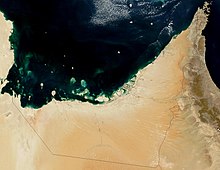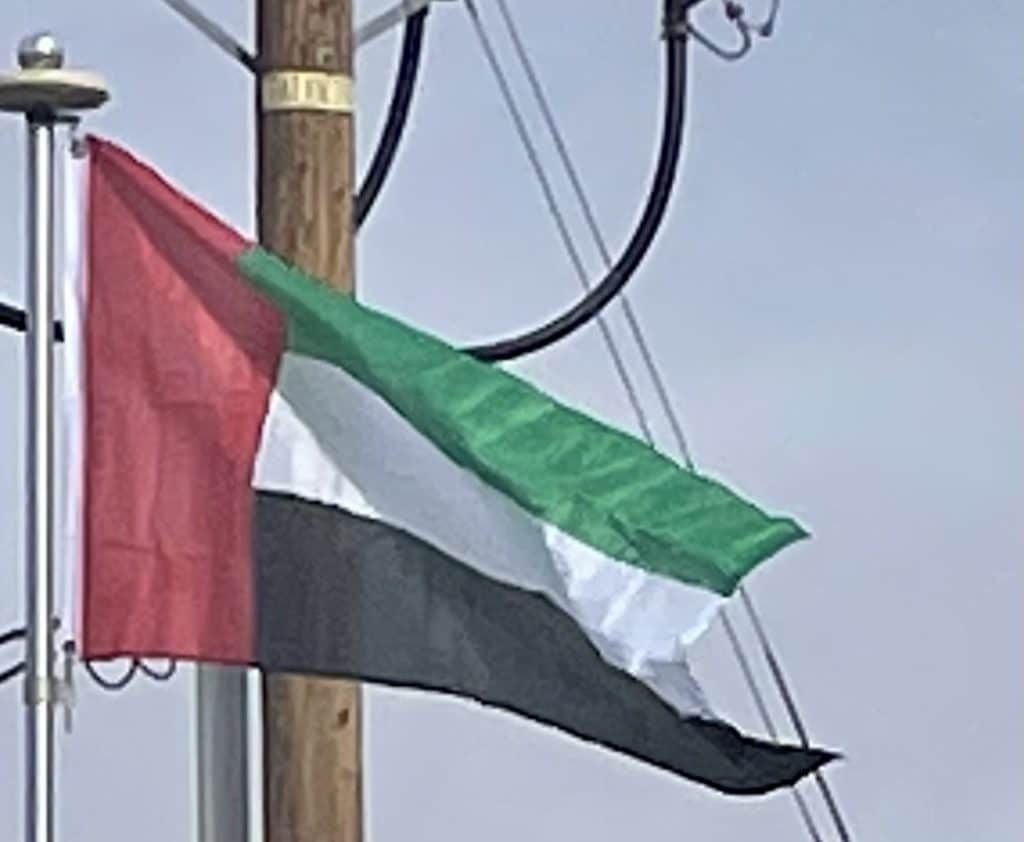On 29 January 2020, the COVID-19 pandemic was confirmed to have reached the UAE, as a 73-year-old Chinese woman had tested positive for the disease. Two months later, in March, the government announced the closure of shopping malls, schools, and places of worship, in addition to imposing a 24-hour curfew, and suspending all Emirates passenger flights. This resulted in a major economic downfall, which eventually led to the merger of more than 50% of the UAE’s federal agencies.
On 29 August 2020, the UAE established normal diplomatic relations with Israel and with the help of the United States, they signed the Abraham Accords with Bahrain. On the 9th of February, the UAE reached a historic milestone when its probe, named Hope successfully reached Mars‘s orbit and became the first country in the Arab world to reach Mars, the fifth country to successfully reach Mars and the second country, after India’s probe, to orbit Mars in its maiden try.
Geography:
The United Arab Emirates is situated in Middle East, bordering the Gulf of Oman and the Persian Gulf, between Oman and Saudi Arabia; it is in a strategic location slightly south of the Strait of Hormuz, a vital transit point for world crude oil.
The UAE lies between 22°30′ and 26°10′ north latitude and between 51° and 56°25′ east longitude. It shares a 530-kilometre (330 mi) border with Saudi Arabia on the west, south, and southeast, and a 450-kilometre (280 mi) border with Oman on the southeast and northeast. The land border with Qatar in the Khawr al Udayd area is about nineteen kilometers (12 miles) in the northwest; however, it is a source of ongoing dispute. Following Britain’s military departure from the UAE in 1971, and its establishment as a new state, the UAE laid claim to islands resulting in disputes with Iran that remain unresolved. The UAE also disputes claim on other islands against the neighboring state of Qatar. The largest emirate, Abu Dhabi, accounts for 87% of the UAE’s total area (67,340 square kilometers (26,000 sq mi)). The smallest emirate, Ajman, encompasses only 259 km2 (100 sq mi).


